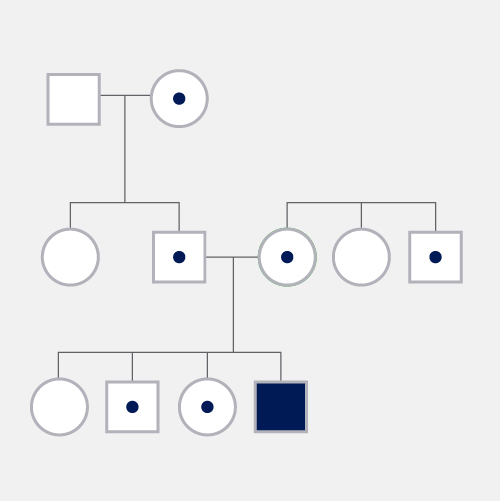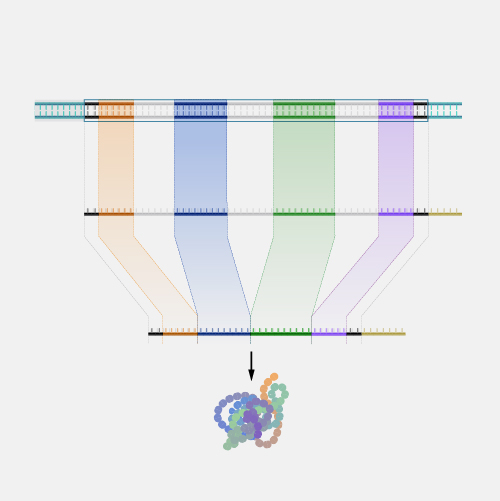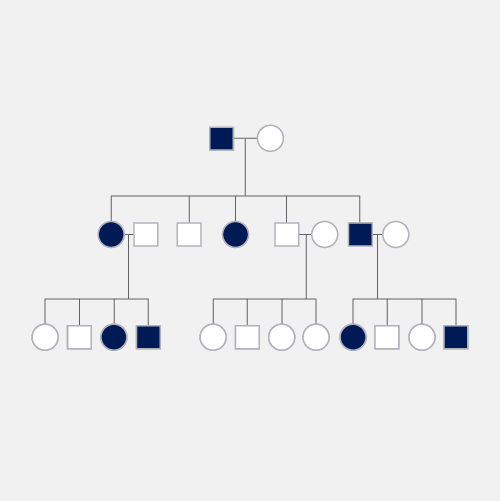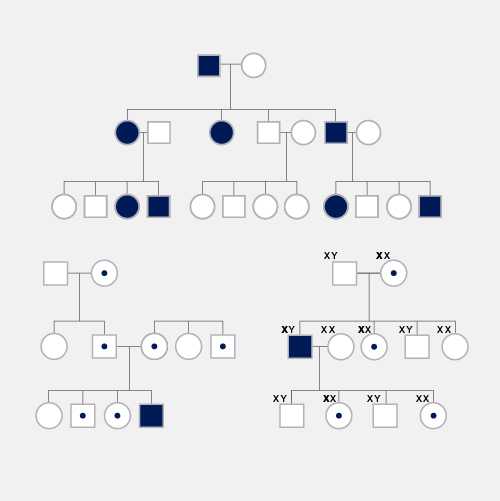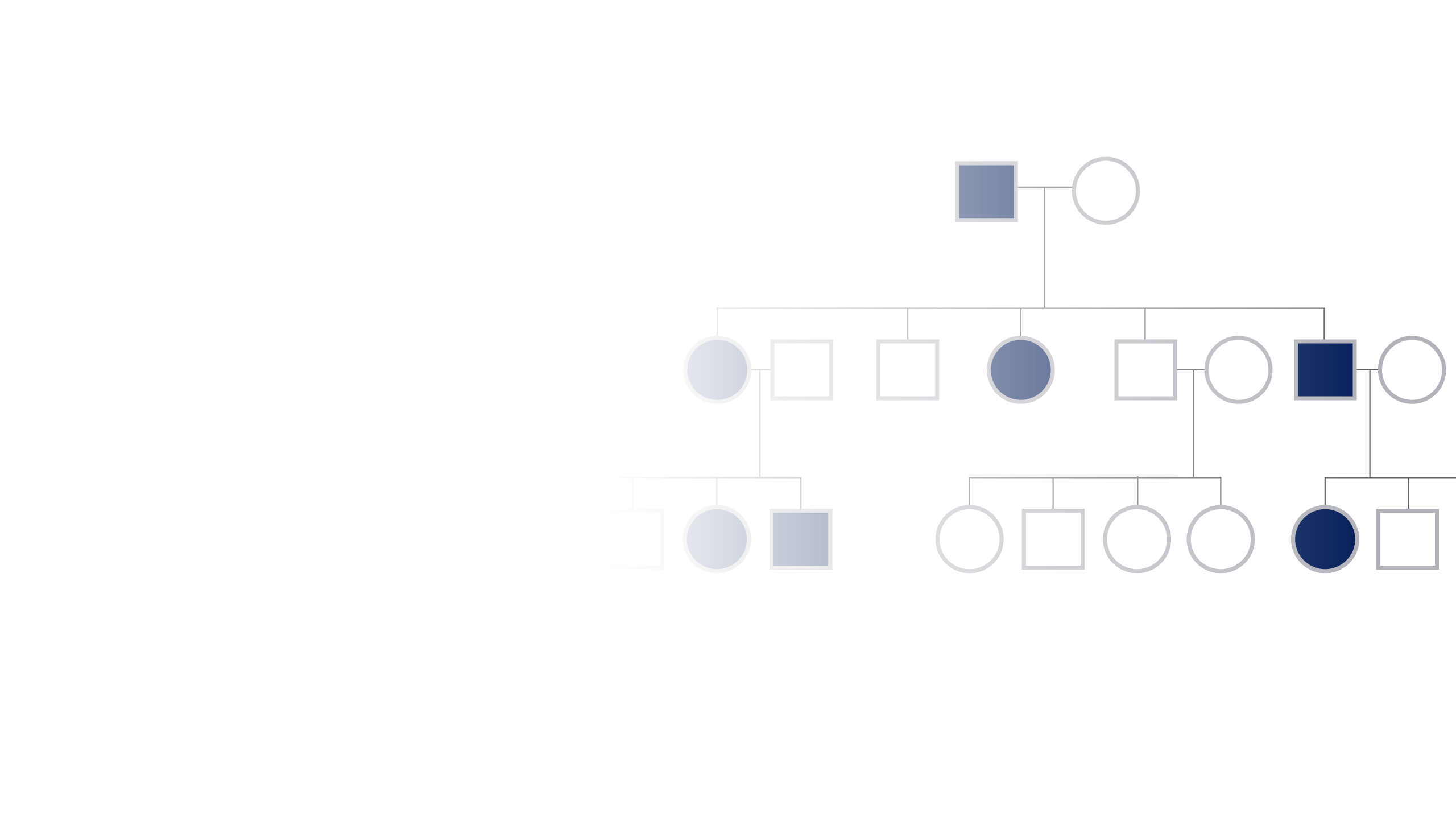
Autosomal Dominant Disorder
Definition
Autosomal dominant is a pattern of inheritance characteristic of some genetic disorders. “Autosomal” means that the gene in question is located on one of the numbered, or non-sex, chromosomes. “Dominant” means that a single copy of the mutated gene (from one parent) is enough to cause the disorder. A child of a person affected by an autosomal dominant condition has a 50% chance of being affected by that condition via inheritance of a dominant allele. By contrast, an autosomal recessive disorder requires two copies of the mutated gene (one from each parent) to cause the disorder. Huntington’s disease is an example of an autosomal dominant genetic disorder.
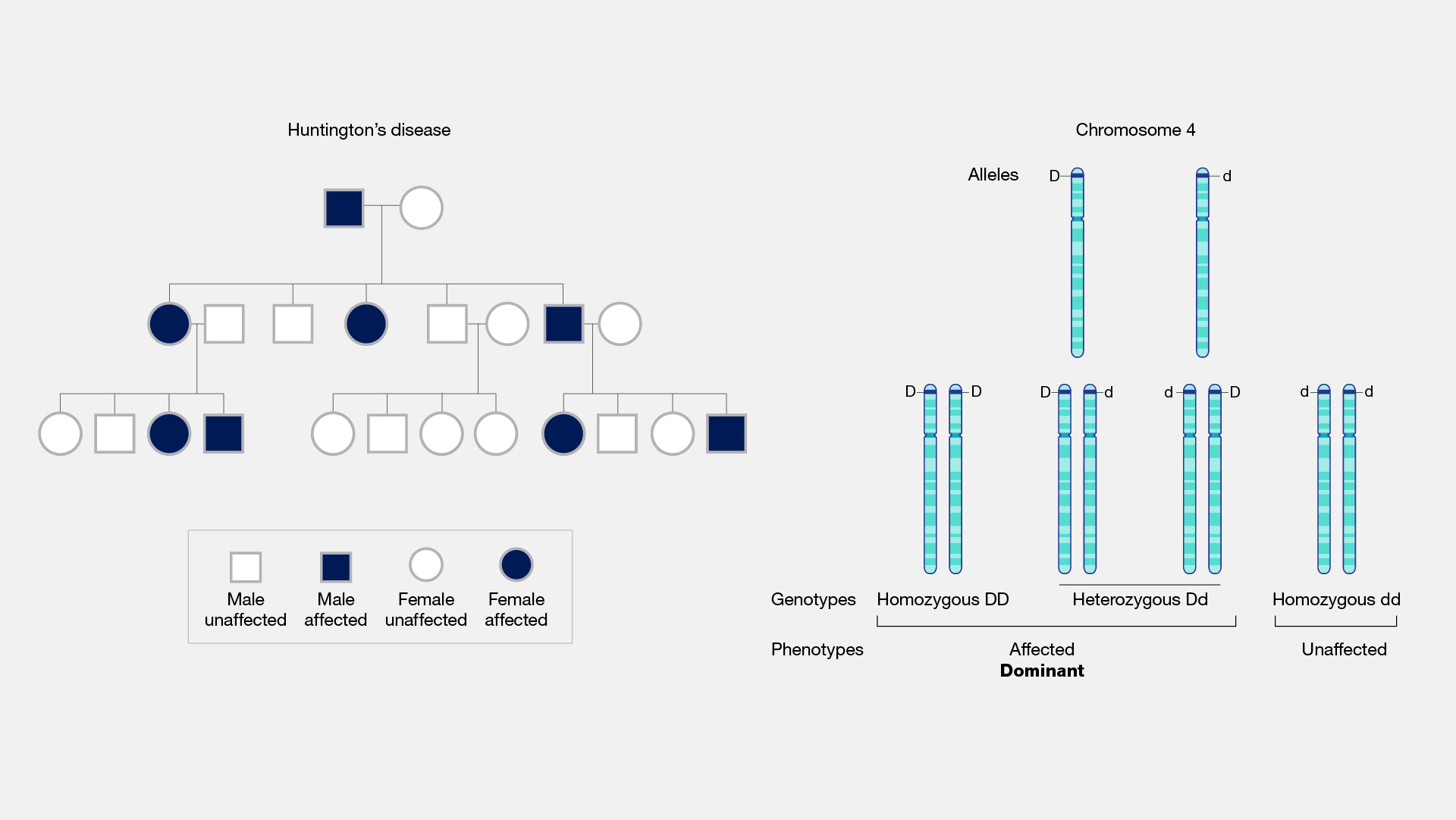
Narration
Autosomal dominant disorder. When geneticists talk about dominant disorders, they're usually referring to those rare disorders that are caused by a spelling change in the DNA of one copy of a gene. Now because the chance of passing on the altered gene copy to each child is 50%, you typically see the disorder in each generation of the family tree. For example, you might see it in the mother. You might see it then in the mother's parent or the mother's grandparents or even aunts and uncles. Although sometimes a person with a dominant disorder can be the first person in their family to have the spelling change, disorders such as Marfan syndrome and BRCA1 hereditary breast and ovarian cancer work in this way.

